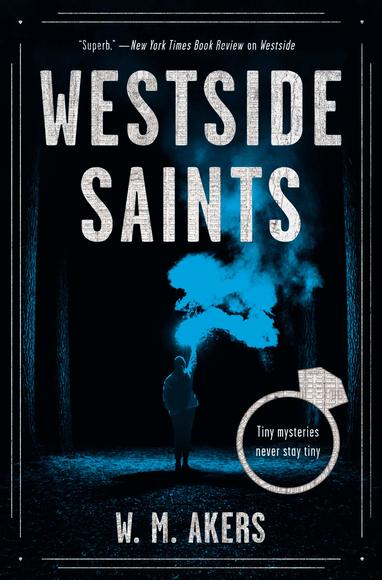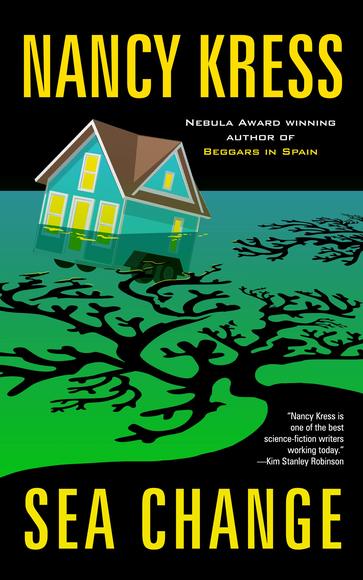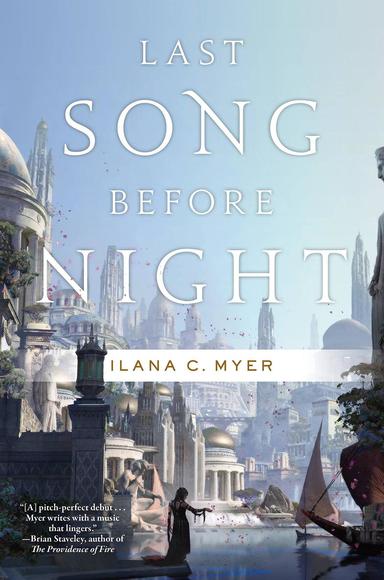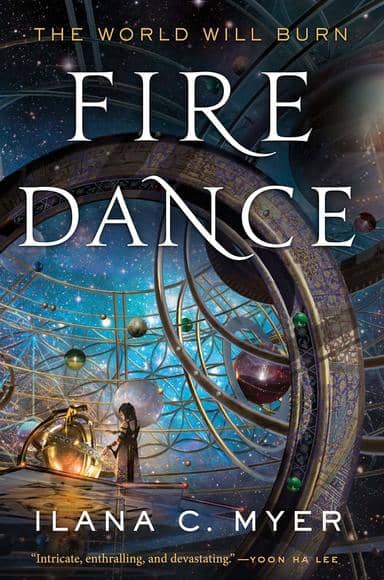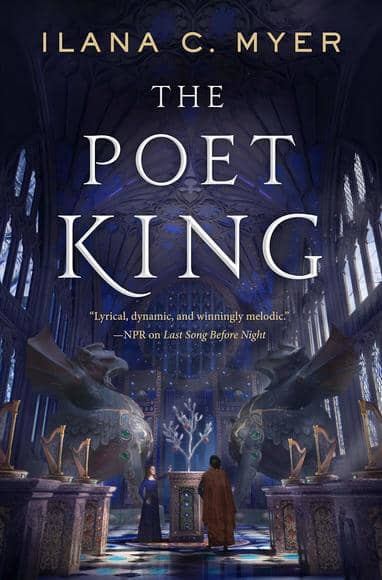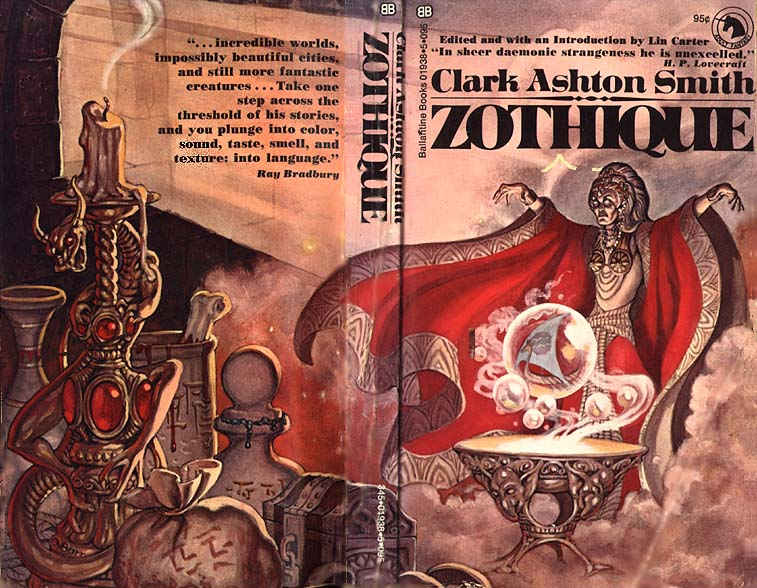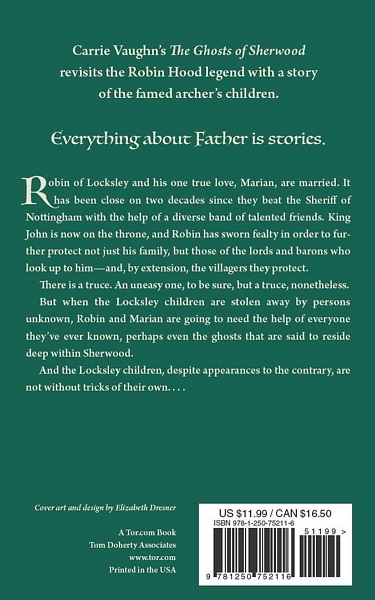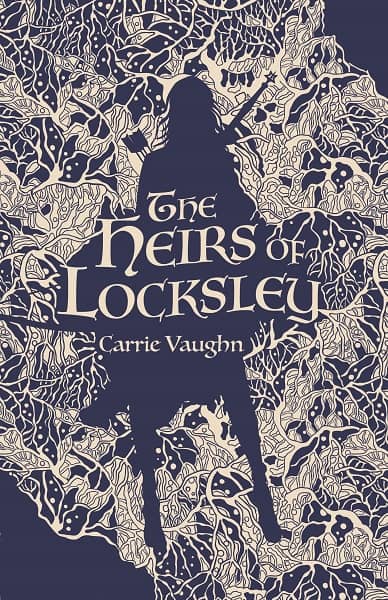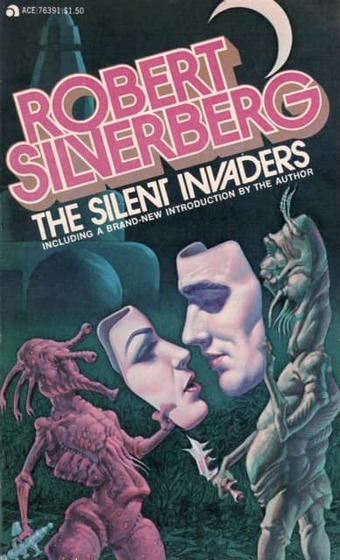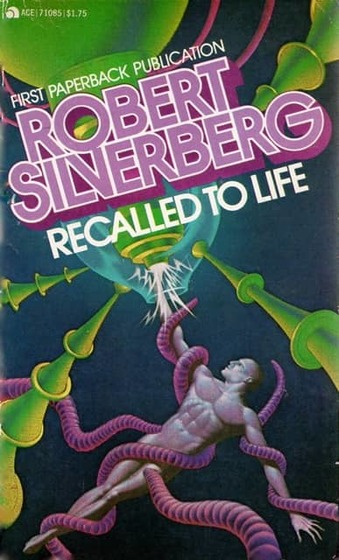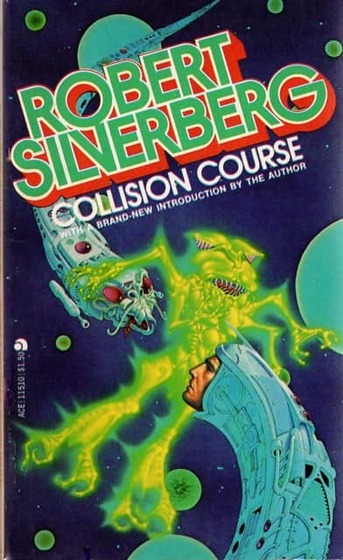Rogue Blades Presents: Who Was Your First Hero?
 Do you remember your first hero? Any kind of hero. It could have been a hero from a movie or a book or a television show, even a hero from real life.
Do you remember your first hero? Any kind of hero. It could have been a hero from a movie or a book or a television show, even a hero from real life.
As a child of the 1970s, one might think Luke Skywalker was my first hero, but I would turn eight years old a month after the original Star Wars was released in theaters, and by then I already had plenty of heroes.
Re-runs of the original Star Trek TV show from the 1960s were still airing, and I watched every one of them. Of the crew of the Enterprise, Captain James T. Kirk seemed the most heroic of the figures presented to us viewers, or at least he stood in the most traditional of the heroic modes.
Then there was the Six Million Dollar Man, starring actor Lee Majors from 1973 to 1978 on television. For those not familiar with the series, Majors played U.S. astronaut Steve Austin who was seriously injured in an accident. Not only did Steve survive his accident, but the government decided, “We can rebuild him. We have the technology.” And they did. Steve got some bionic legs and an arm and an eye. He fought crime. And Bigfoot. It was awesome.
Some might not consider Godzilla a hero, but by the time of my childhood in the ’70s, Godzilla was mainly a good guy, so he was a hero of sorts to many of us. For better or worse, my first Godzilla movie was Godzilla vs. Megalon, a film sometimes not remembered fondly by Godzilla fans. Either way, I was maybe five years old when my dad drug me into an old downtown theater to witness the spectacle of this movie, and again, I have to say it was awesome.
